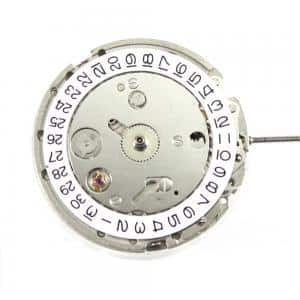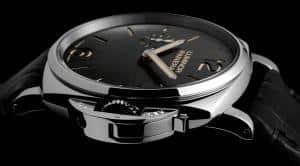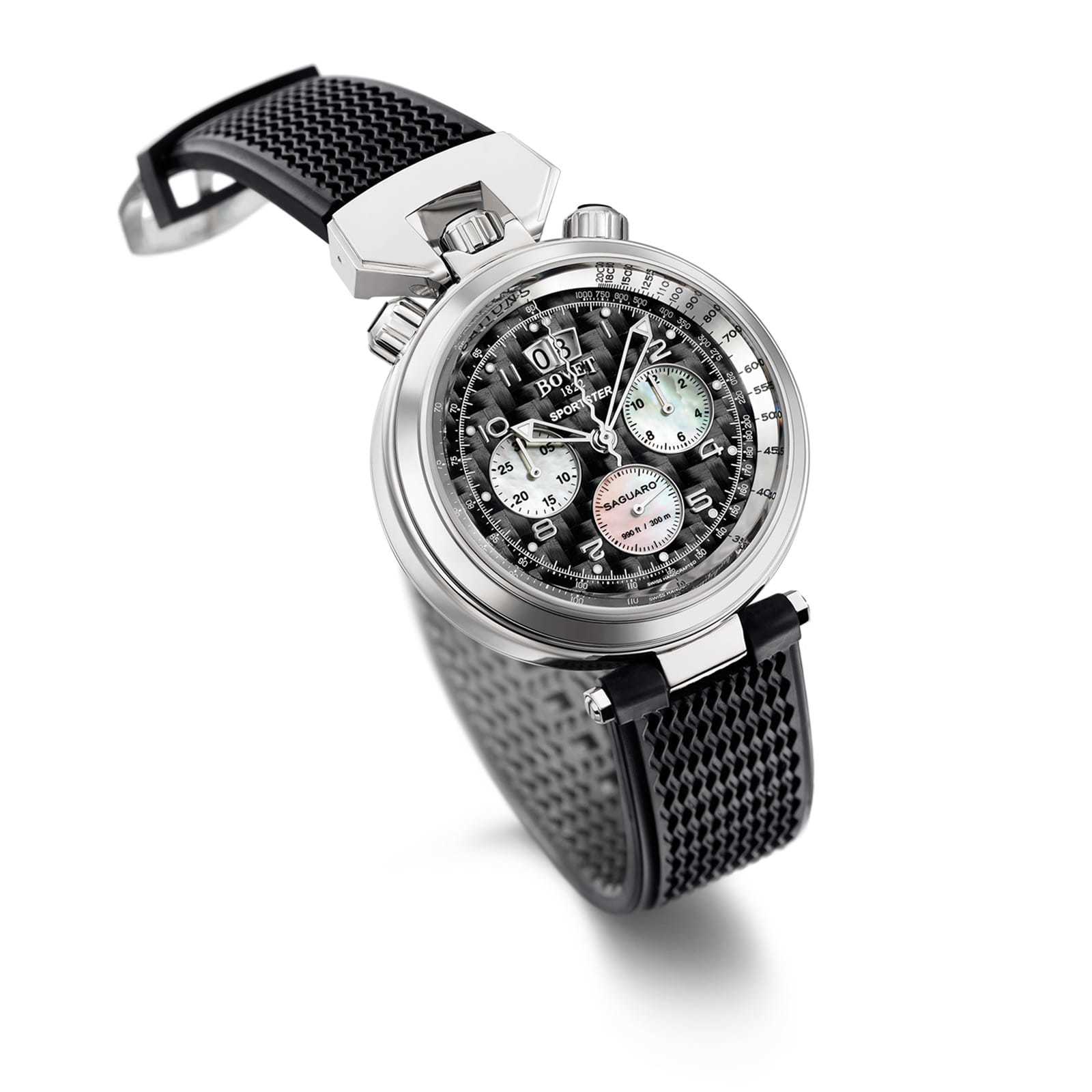Mechanical watches are not only by and large more expensive and complex than quartzes, they are also a little high-maintenance, as it were. The mechanism within does need servicing occasionally – perhaps a touch of oil and an adjustment. Worse yet, the complexity of all those wheels and pinions engaged in reproducing the galaxy means that a user will occasionally do something perfectly harmless like wind his or her watch up only to find everything grinding to a halt. Here are some tips for dealing with these mechanical beauties for new watch owners and reminders for the old hands.
1. Date Changes
Do not change the date manually (via the crown or pusher) on any mechanical watch – whether manual wind or automatic – when the time indicated on the dial reads between 10 and 2 o’clock. Although some better watches are protected against this horological quirk, most mechanical watches with a date indicator are engaged in the process of automatically changing the date between the hours of 10 p.m. and 2 am. Intervening with a forced manual change while the automatic date shift is engaged can damage the movement. Of course, you can make the adjustment between 10 a.m. and 2 p.m. in most cases – but this is just not a good habit to get into. When in doubt, roll the time past 12 o’clock and look for an automatic date change before you set the time and date. The Ulysse Nardin brand is notable, among a very few others, for in-house mechanical movements immune to this effect.

2. Chronograph Use
On a simple chronograph, start and stop are almost always the same button. Normally located above the crown, the start/stop actuator can be pressed at will to initiate and end the interval timing. The reset button, normally below the crown, is only used for resetting the chronograph to zero, but only when the chronograph is stopped – never while engaged. Only a “flyback” chronograph allows safe resetting to zero while running. With the chronograph engaged, you simply hit the reset button and all the chronograph indicators (seconds, minutes, and hours) snap back to zero and the chronograph begins to accumulate the interval time once again. In the early days of air travel this was a valuable complication as pilots would reset their chronographs when taking on a new heading – without having to fumble about with a three-step procedure with gloved hands.
Nota bene: Don’t actuate or reset your chronograph while your watch is submerged – even if you have one of those that are built for such usage, like Omega, IWC, and a few other brands. Feel free to hit the buttons before submersion and jump in and swim while they run; just don’t push anything while in the water.
3. Changing Time Backward
Don’t adjust the time on your watch in a counterclockwise direction – especially if the watch has calendar functions. A few watches can tolerate the abuse, but it’s better to avoid the possibility of damage altogether. Change the dates as needed (remembering the 10 and 2 rule above).
4. Shocks
Almost all modern watches are equipped with some level of shock protection. Best practices for the Swiss brands allow for a three-foot fall onto a hard wood surface. But if your watch is running poorly – or even worse has stopped entirely after an impact – do not shake, wind, or bang it again to get it running; take it to an expert for service as you may do even more damage. Sports like tennis, squash, or golf can have a deleterious effect on your watch, including flattening the pivots, overbanking, or even bending or breaking a pivot.
5. Overwinding
Most modern watches are fitted with a mechanism that allows the mainspring to slide inside the barrel – or stops it completely once the spring is fully wound – for protection against overwinding. The best advice here is just don’t force it. Over the years, a winding crown may start to get “stickier” and more difficult to turn even when unwound. That’s a sure sign it is due for service.
6. Jacuzzi Temperature
Don’t jump into the Jacuzzi – or even a steaming hot shower – with your watch on. Better-built watches with a deeper water-resistance rating typically have no problem with this scenario. However, take a 3 or 5 atm water-resistant watch into the Jacuzzi, and there’s a chance the different rates of expansion and contraction of the metals and sapphire or mineral crystals may allow moisture into the case.
7. Screw That Crown Down (And Those Pushers)!
Always check and double-check to ensure a watch fitted with a screwed-down crown is closed tightly. Screwed-down pushers for a chronograph – or any other functions – deserve the same attention. This one oversight has cost quite a few owners their watches. If a screwed-down crown is not secured, water will likely get into the case and start oxidizing the metal. In time, the problem can destroy the watch.

Panerai makes sure you think before touching the crown.
8. Magnetism
If your watch is acting up, running faster or slower, it may have become magnetized. This can happen if you leave your timepiece near a computer, cell phone, or some other electronic device. Many service centers have a so-called degausser to take care of the problem. A number of brands also make watches with a soft iron core to deflect magnetic fields, this might not work with the stronger ones.
9. Tribology
Keeping a mechanical timepiece hidden away in a box for extended lengths of time is not the best way to care for it. Even if you don’t wear a watch every day, it is a good idea to run your watch at regular intervals to keep its lubricating oils and greases viscous. Think about a can of house paint: Keep it stirred and it stays liquid almost indefinitely; leave it still for too long and a skin develops. On a smaller lever the same thing can happen to the lubricants inside a mechanical watch.
10. Service
Most mechanical watches call for a three-to five-years service cycle for cleaning, oiling, and maintenance. Some mechanical watches can run twice that long and have functioned within acceptable parameters, but if you’re not going to have your watch serviced at regular intervals, you do run the risk of having timing issues. Always have your watch serviced by a qualified watchmaker (see box), not at the kiosk in the local mall. The best you can expect there is a quick battery change.

Do it yourself at your own risk.






